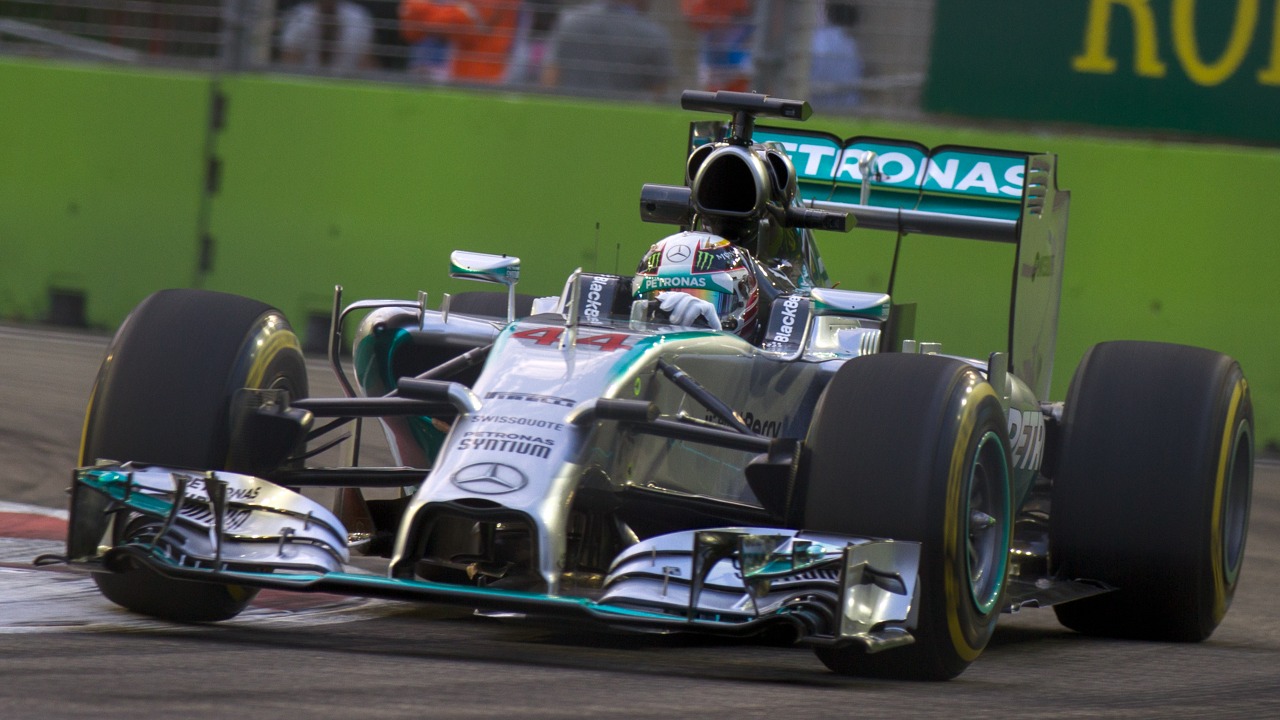Racing drivers often experience significant weight loss during a race, shedding up to 3 kilograms in just a few hours. This phenomenon is primarily attributed to the intense physical and environmental conditions drivers endure. Understanding the factors contributing to this weight loss provides insight into the demanding nature of motorsport.
Physical Demands on the Driver

The physical demands on a racing driver are immense. The high-speed maneuvering required during a race subjects drivers to intense g-forces. These forces can be as much as five times the force of gravity, pressing the driver into their seat and challenging their physical endurance. Every turn, acceleration, and braking maneuver requires precise muscle control, making the activity not unlike a full-body workout under extreme conditions. Drivers must maintain focus and coordination, exerting their bodies much like athletes in any other sport.
Core strength and muscular engagement are crucial in withstanding these forces. Drivers spend hours training to build and maintain the necessary muscle strength. The core muscles, including the abdominal and lower back muscles, play a pivotal role in stabilizing the body during rapid directional changes. This constant tension and engagement help drivers maintain control and precision during the race, but also contribute to the physical exhaustion experienced by the end of the event.
Environmental Factors

Inside the cockpit of a racing car, environmental conditions can become extreme. The temperature within a racecar can soar well above the ambient temperature, often reaching over 50 degrees Celsius (122 degrees Fahrenheit). This is due to the engine’s heat and the enclosed space, which lacks sufficient ventilation. Such high temperatures lead to excessive sweating as the body attempts to regulate its internal temperature. The sweat evaporates less efficiently due to the enclosed space, causing drivers to lose significant amounts of fluid rapidly.
Humidity adds another layer of challenge. High humidity levels exacerbate the body’s cooling mechanisms, as sweat does not evaporate as quickly, leading to even more fluid loss. This can be particularly pronounced in races held in tropical locations, such as the Singapore Grand Prix, where the combination of heat and humidity creates a sauna-like environment within the car. These conditions make it difficult for drivers to stay hydrated, emphasizing the importance of effective hydration strategies both before and during the race.
Sweating and Dehydration

During a race, drivers can lose up to 3 liters of fluid through sweat. This level of fluid loss can lead to dehydration, which not only affects physical performance but also mental acuity. As dehydration sets in, a driver’s concentration can waver, reflexes slow down, and decision-making becomes impaired. These factors are crucial in a sport where split-second decisions can mean the difference between winning and losing, or even staying safe on the track.
The impact of dehydration on performance is profound. In extreme cases, it can lead to heat exhaustion or heat stroke, posing serious health risks. Maintaining hydration is not just about performance; it’s about safety. Understanding the balance between fluid intake and loss is a critical aspect of preparing for and executing a successful race.
Nutritional and Hydration Strategies

To combat the challenges of fluid loss and maintain optimal performance, drivers employ rigorous pre-race hydration regimens. These strategies often start days before the race, with drivers increasing their fluid intake to ensure they begin the race well-hydrated. Electrolyte-rich drinks are commonly used to not only hydrate but also replenish essential minerals lost through sweat.
During the race, in-car hydration systems are vital. These systems allow drivers to drink while racing, maintaining hydration levels without sacrificing performance. The technology ranges from simple water bottles fitted with straws to more sophisticated systems integrated into the driver’s helmet. These methods ensure that drivers can combat dehydration and maintain focus and control throughout the race.
Post-Race Recovery

After the race, drivers undergo weighing procedures to assess the extent of weight loss and ensure their health and safety. This practice is an essential part of the post-race routine, providing valuable data on the driver’s condition and the effectiveness of their hydration strategies. According to SportsBoom, these weigh-ins are not just a formality but a critical step in managing a driver’s well-being.
Recovery and rehydration are paramount after a race. Drivers often consume high-electrolyte drinks and nutrient-rich foods to replace lost fluids and energy. Rest and recovery, including adequate sleep, are also prioritized to allow the body to repair and recuperate. By focusing on recovery, drivers ensure they are ready for the next race, maintaining their competitive edge and safeguarding their health.
Like Fast Lane Only’s content? Be sure to follow us.
Here’s more from us:
*Created with AI assistance and editor review.







Leave a Reply